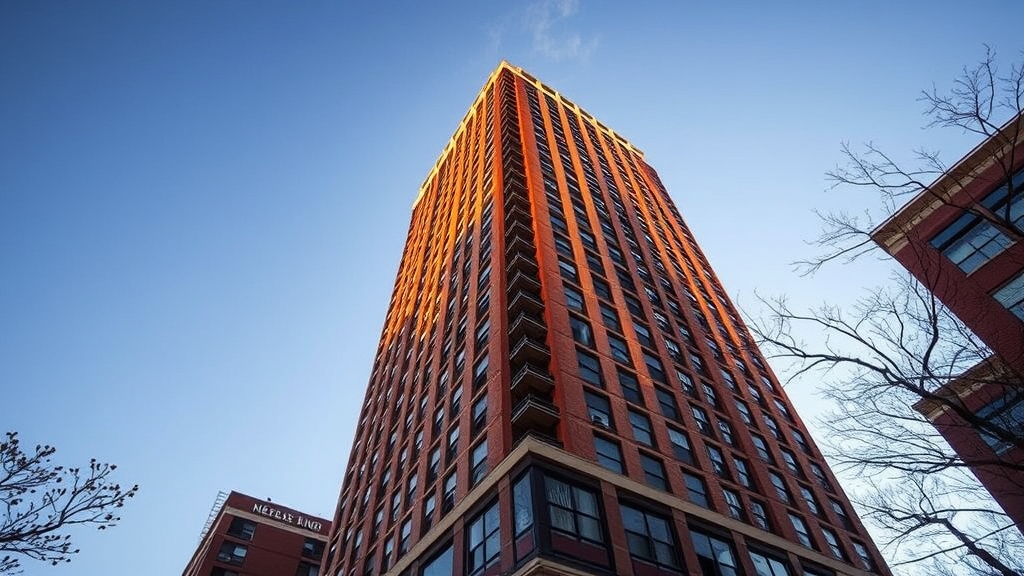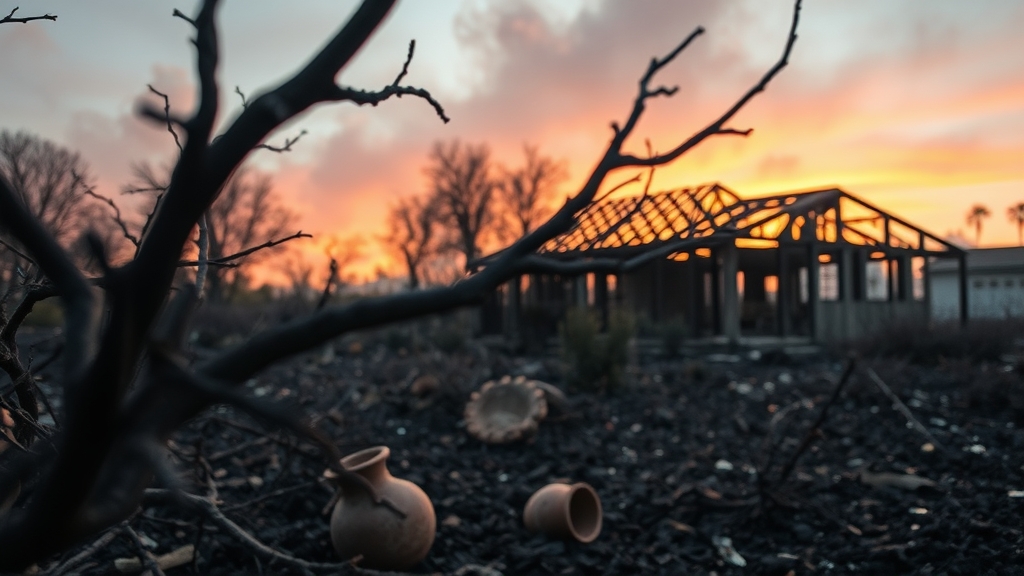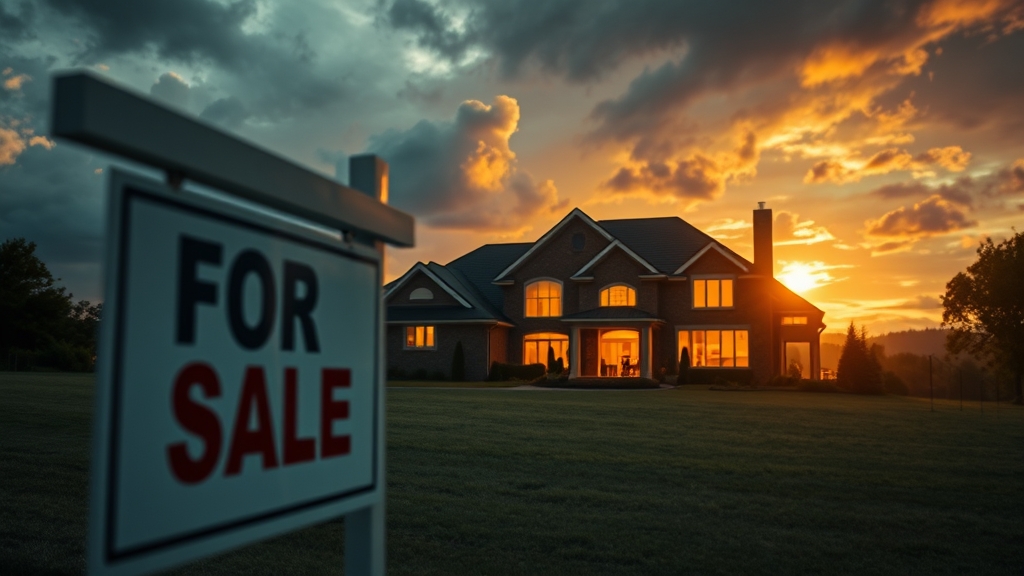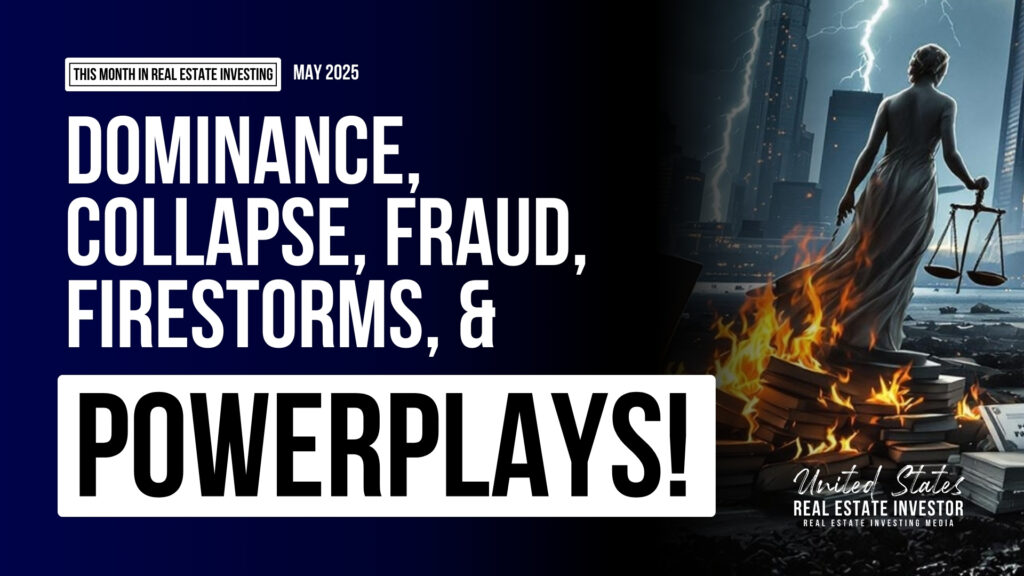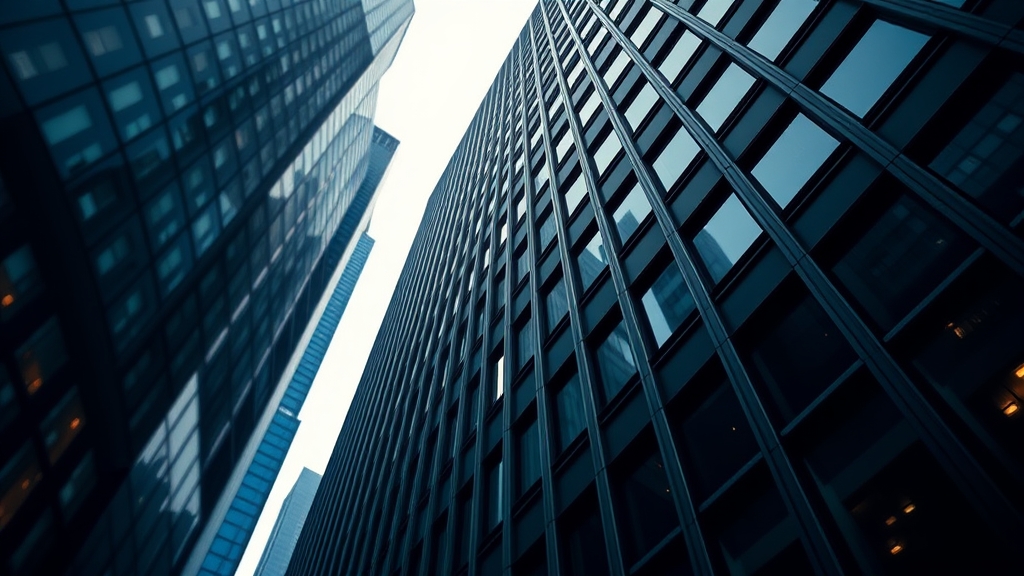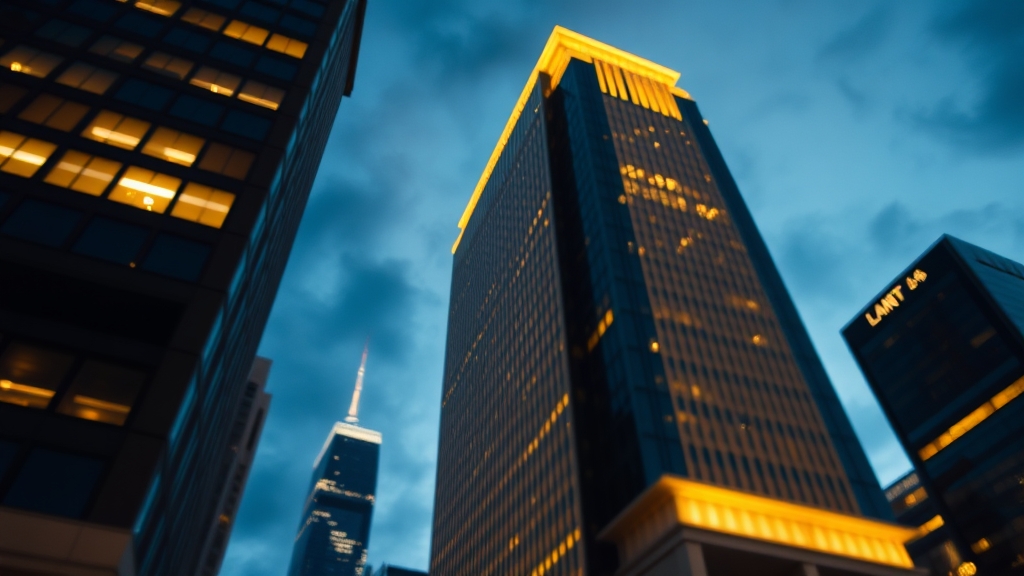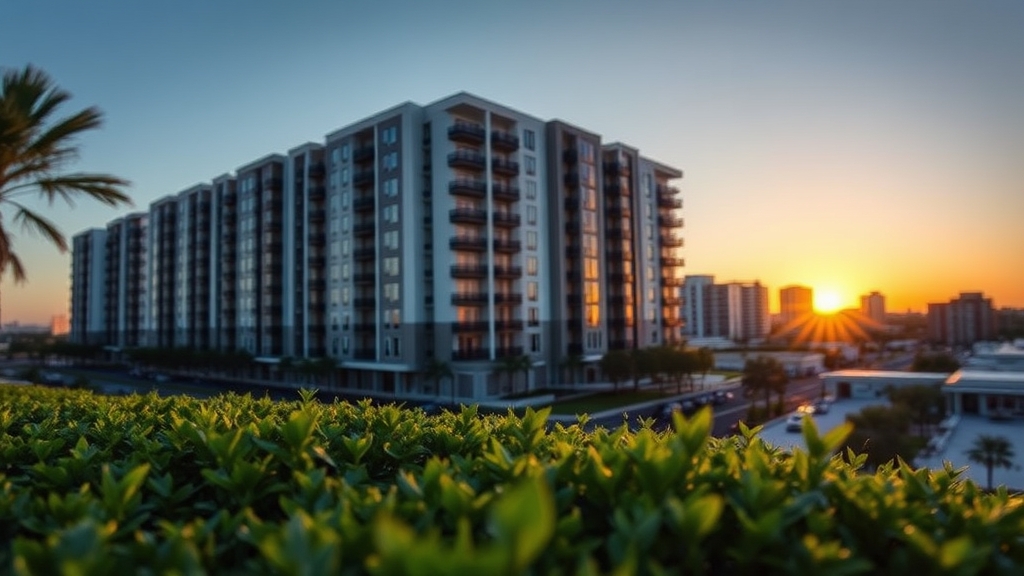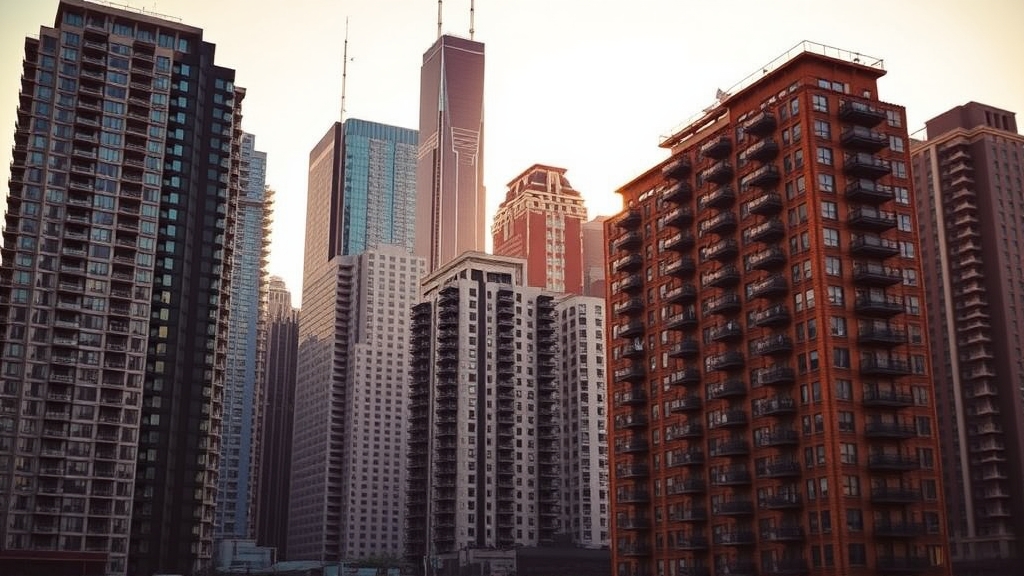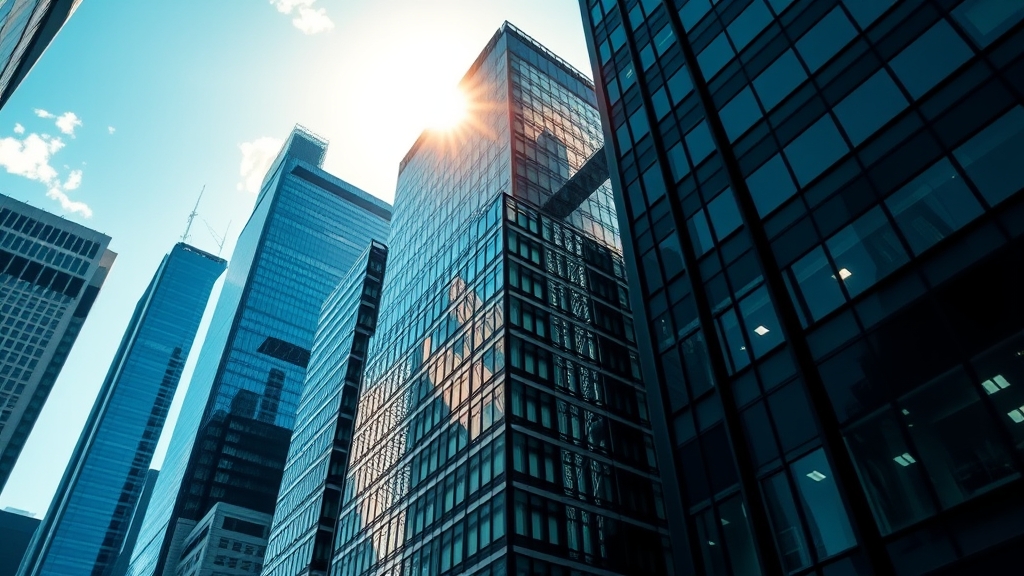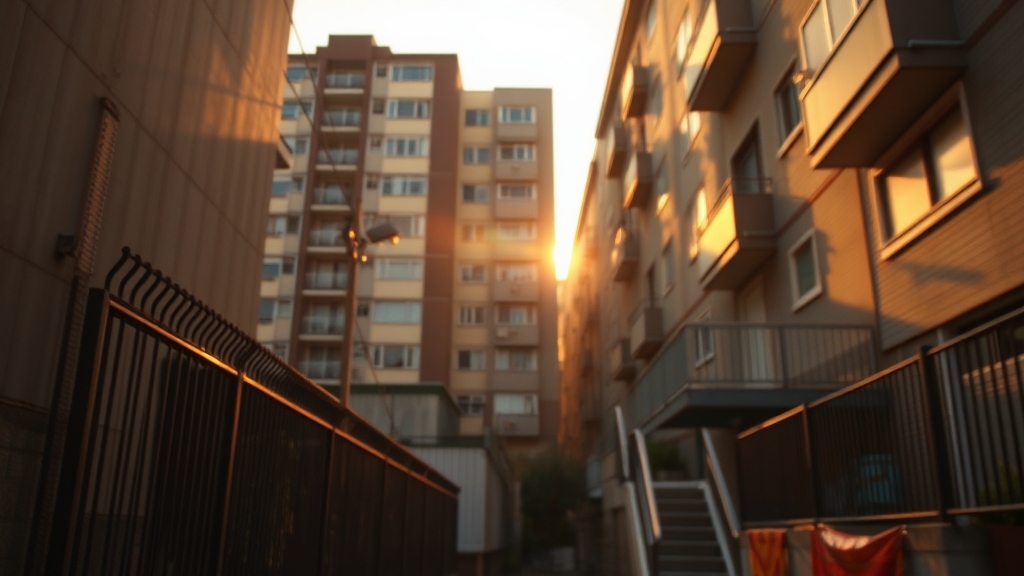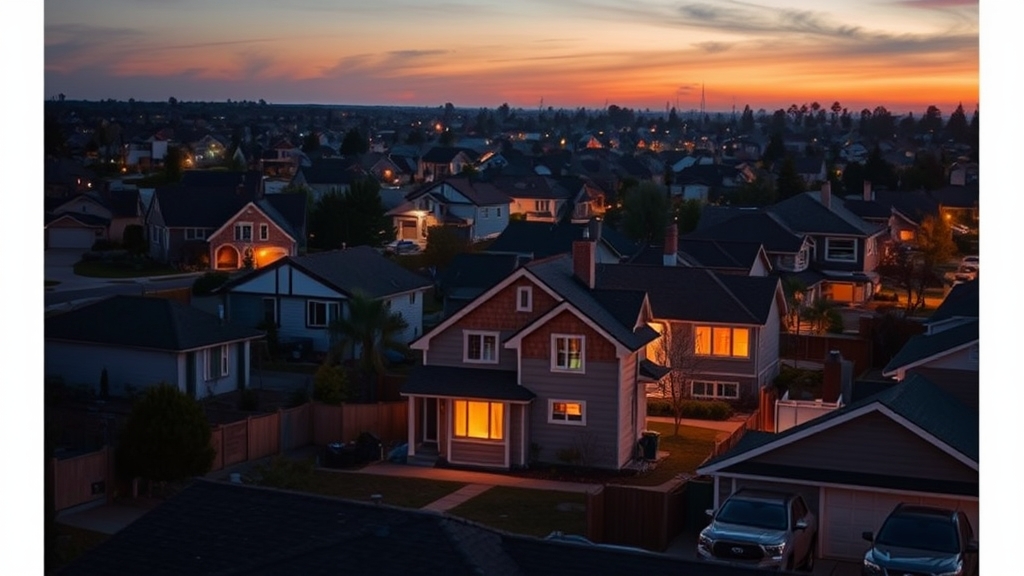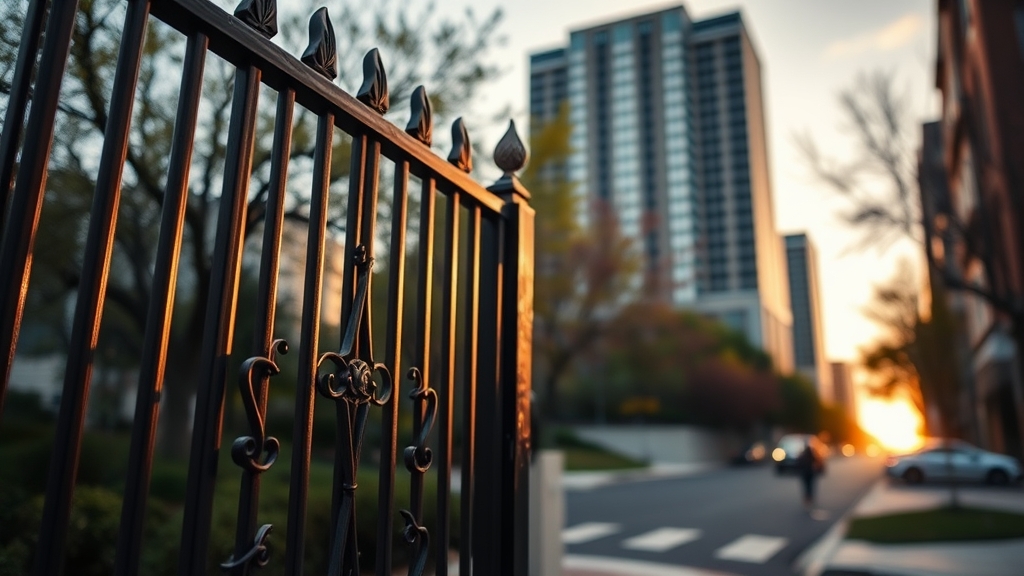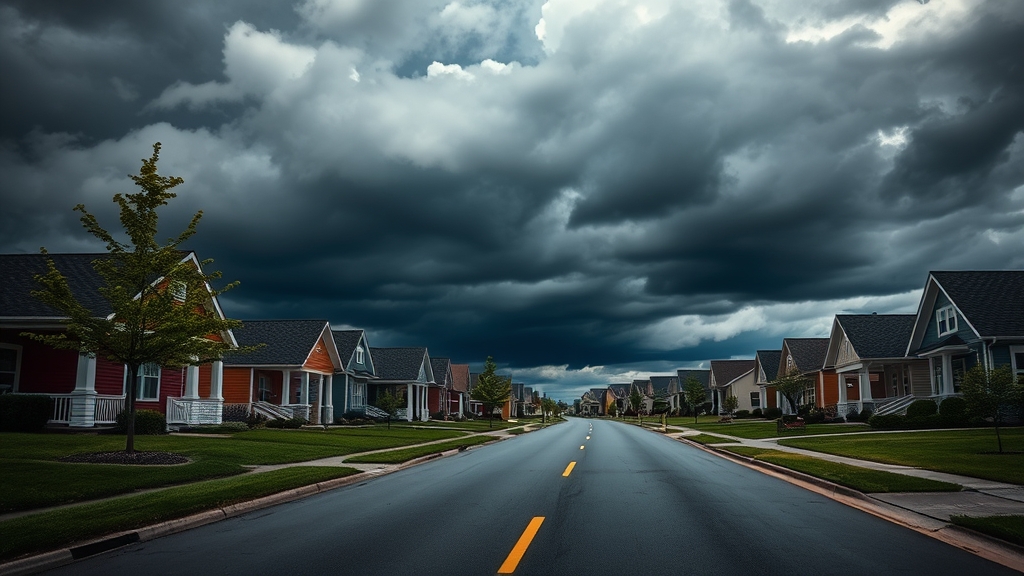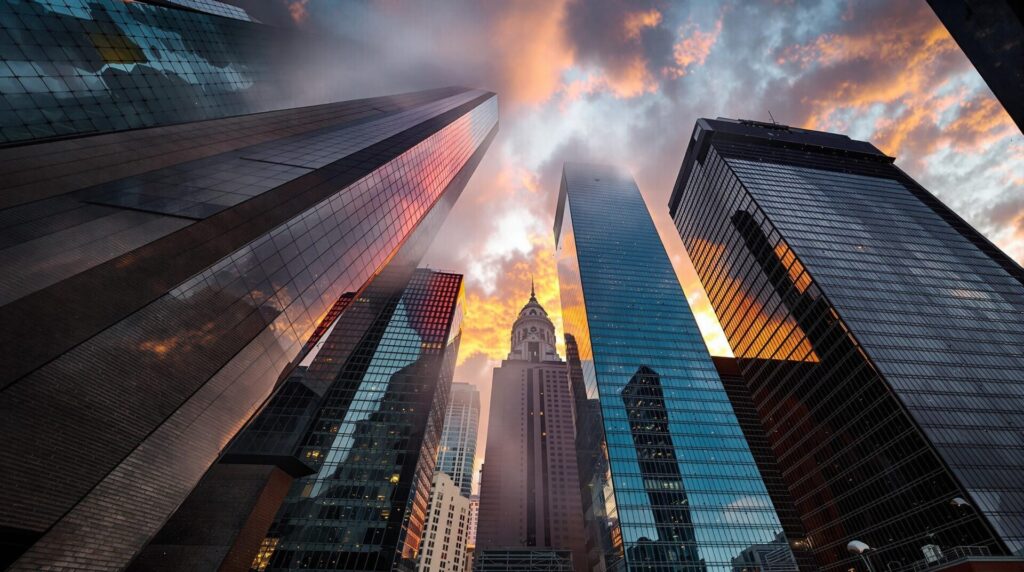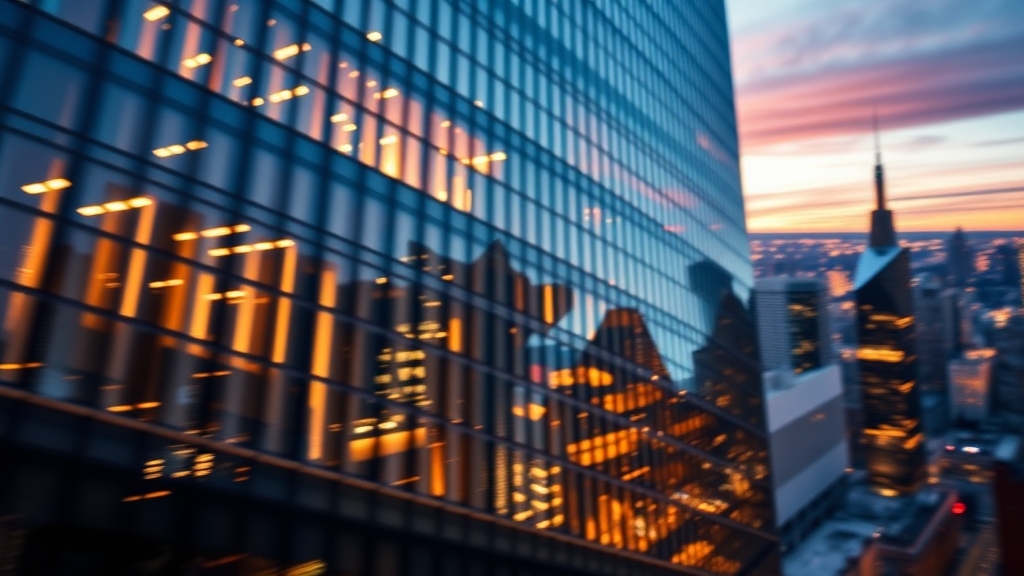Key Takeaways:
- The Park Heights neighborhood in Baltimore has reached a milestone, with 50% of its senior housing tower units leased, indicating strong demand for affordable, dignified luxury living.
- The development is strategically situated near Druid Hill Park and is backed by both federal and state funding, emphasizing the importance of community inclusion.
- Real estate stakeholders are presented with significant strategic decisions amidst Baltimore’s evolving market conditions, which could lead to either a suburban revival or urban renewal.
Community-Inclusive Development and Strategic Choices
Baltimore’s Park Heights neighborhood hits a pivotal point, with 50% of its senior housing tower units leased. This reflects immense demand for affordable, dignified luxury living amidst looming economic shifts.
The project, anchored in community inclusion, stands near Druid Hill Park.
As federal and state funds fuel development, real estate stakeholders face urgent strategic choices.
Challenges in Baltimore’s evolving market may spark a suburban revival or urban renewal. A deeper understanding awaits those intrigued.
Baltimore’s Housing Transformation: A New Era
Amidst the skyline of Baltimore, the new senior housing tower in Park Heights has achieved a significant milestone—leasing 50% of its units. This achievement stands as a beacon of progress amid the broader redevelopment efforts within this storied community. The city’s goal is not just about constructing buildings; it’s about redefining affordable housing, touching every life it encompasses. Real estate innovations, like those in AI-Powered Market Analysis, have helped streamline project planning and execution, ensuring efficient use of resources.
The tower is a representation of the city’s commitment to inclusionary housing. It aims to integrate affordability with dignity, offering luxury amenities designed to uplift the daily lives of its senior residents. At the heart of this project is community engagement—an essential pillar, ensuring that residents’ voices are not just heard but are integral to the planning process. Baltimore’s approach aligns with the generational and societal impact of an aging population, emphasizing tailored living solutions for seniors. The project exemplifies how community-driven vision can transform both the built environment and social fabric, creating lasting impacts.
Financed through a combination of federal and state efforts, the project underscores the vital role of diverse funding sources. The Maryland Department of Housing and Community Development, alongside federal programs, provides the backbone of financial support. The strategic use of Federal Low Income Housing Tax Credits represents a key financing tool, demonstrating innovation in securing affordable living solutions in inner-city areas.
The leasing success reflects a broader surge in multi-family housing demand, driven by shifts in economic factors influencing housing preferences. The changes in suburban areas, like those experienced in the Mission Gateway project, highlight suburban renaissance trends being embraced to meet modern consumer demands.
In parallel, Baltimore is making strides toward long-standing community goals. This includes the construction of new single-family homes and the rehabilitation of vacant properties, once eyesores of neglect.
But it doesn’t stop there. The expansion of healthcare services through a federally qualified healthcare center offers a new horizon of hope, with expanded access to residents in need.
The project’s challenges, however, cannot be overlooked. The cost, reaching into millions, is a formidable affair, demanding rigorous oversight and efficient budget allocations. The FY2025 spending plan lays out how these resources will be directed strategically to maximize impact.
The demand for such initiatives is undeniably pressing. As each unit in the tower becomes occupied, the urgency of these developments becomes stark. Community institutions already benefit from the support provided, yet the pressure to deliver remains intense.
Baltimore’s iconic Inner Harbor stands not merely as a tourist attraction but as a silent witness to the city’s evolving narrative. It reminds observers of Baltimore’s resilience and ambition to provide for its own.
This project, much like the ongoing changes throughout Park Heights, is about more than just buildings. It’s about transformation.
Partnerships with local agencies amplify the efforts, but community engagement remains the cornerstone. It demands constant dialogue and collaboration, something the city acknowledges and strives to cultivate. The hopes pinned on this project are immense, making it a model for future endeavors.
The leasing milestone does not signal an end but a beginning. With projects like Park Heights Place and The Greens at Irvington Mews Ⅱ on the horizon, Baltimore’s housing setting is set for a dramatic shift.
The city stands at a juncture, and how it handles this rebirth will ripple through generations. In the world of real estate, the time is now, and the stakes have never been higher.
Assessment
The news that 50% of the units in Baltimore Park Heights Tower have been leased quickly is creating quite the buzz. With the city’s ongoing housing overhaul, this development is a sign that things are heating up. But, there are definitely some questions hanging in the air about what the future holds.
Could Baltimore undergo a transformation like the Inner Harbor, or is there a gamble of creating an unstable situation? This achievement is just the start of what could be a very dynamic, and possibly shaky, shift.
So for those with a stake in real estate, keep your eyes peeled. Baltimore is on the move, and the outcomes could be quite significant.
